The fight to save the world's most famous cheeses
Reliance on exhausted fungal strains threatens the future of a host of blue cheeses
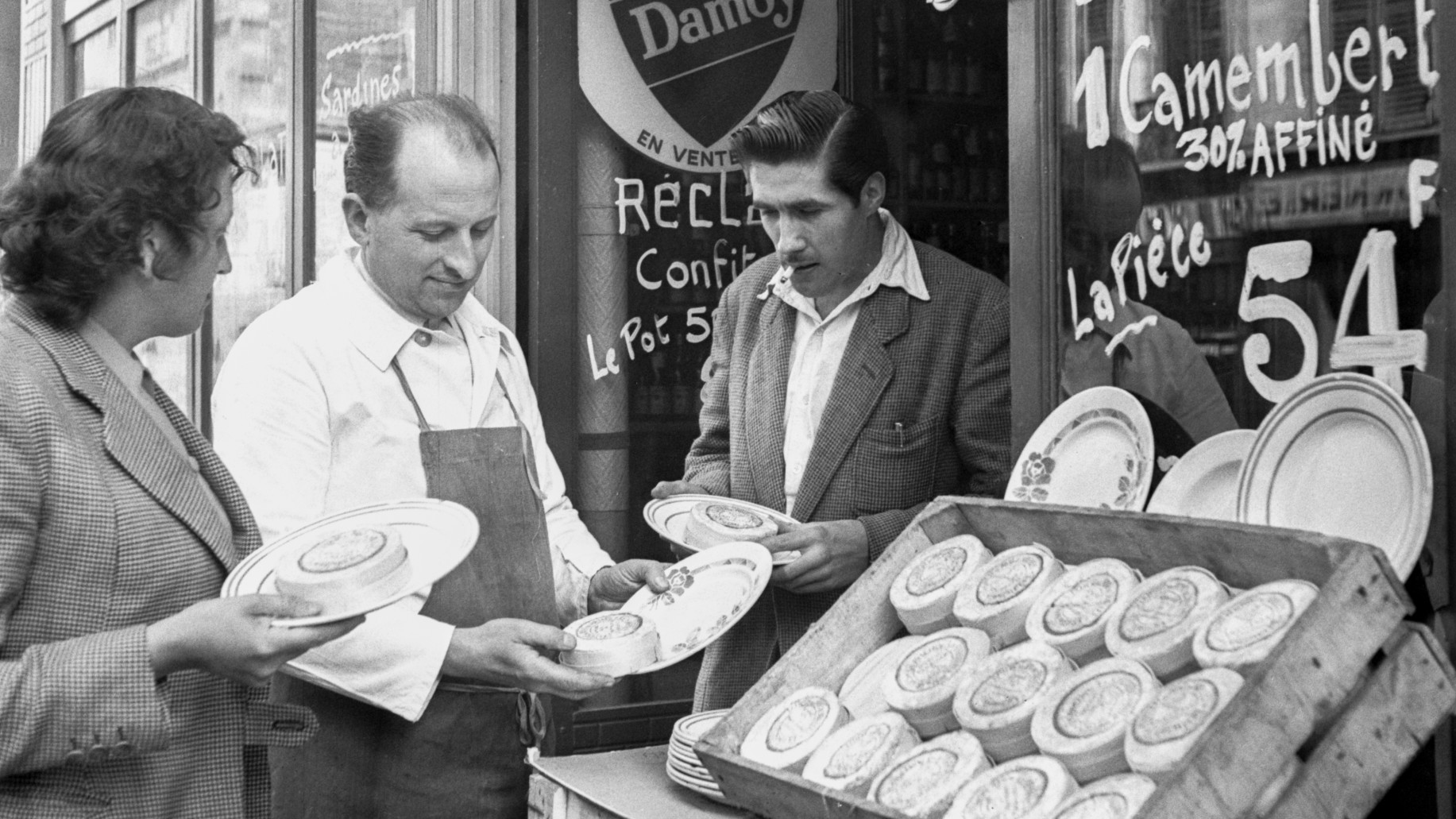
When we think of endangered species, we tend to imagine tigers, rhinos and pandas rather than Stilton, Camembert and Brie. But behind the scenes, biologists are fighting a quiet war to save the dwindling fungi behind some of the world's famous cheeses from extinction.
The solution might come from an unexpected quarter – Nottingham, where a fungal biology start-up has been working on a project to give mould its mojo back. Myconeos, which works with scientists at the University of Nottingham, says it is developing a "holy grail" to ensure the survival of beloved cheeses.
'Fading Habsburg dynasty'
In January, France's National Centre for Scientific Research (CNRS) warned that the strains of fungi that create the distinctive taste, smell and appearance of some of the country's best-loved cheeses were in serious decline.
The Week
Escape your echo chamber. Get the facts behind the news, plus analysis from multiple perspectives.

Sign up for The Week's Free Newsletters
From our morning news briefing to a weekly Good News Newsletter, get the best of The Week delivered directly to your inbox.
From our morning news briefing to a weekly Good News Newsletter, get the best of The Week delivered directly to your inbox.
Traditionally, cheesemakers gathered fungi that occurred naturally in their local area, and these were added to curds to create the "delicious rot" needed to make cheeses such as Roquefort and Camembert. The advent of industrialised cheese-making meant that the fungi started to be artificially reproduced to keep up with demand, and over the generations, some strains' reproductive capabilities have weakened like a "fading Habsburg dynasty", said The Telegraph. These strains are producing fewer and fewer spores and are also "subject to genetic drift, prone to contamination, and can cause quality problems for manufacturers", said FoodNavigator.
Camembert is most in danger, according to the CNRS report. The consumer expectation for uniformity means that farmers "selected certain strains that produce the right look, aroma, and flavour, narrowing the genetic pool", said Vox. This collapse of microbial diversity means that some varieties, such as Camembert, are reliant on a single strain of fungus that cannot reproduce naturally and is increasingly hard to produce asexually.
'Almost orgasmic'
Hope is on the horizon, however. Myconeos has already been able to kickstart sexual reproduction in one of the fading strains – Penicillium roqueforti, which is essential not just in the production of Roquefort but of Stilton, Shropshire Blue and many other blue cheeses.
The process involves DNA analysis which screens fungi for sexual compatibility, finely tuned temperature and lighting, and, improbably, porridge; after discovering that fungi respond particularly well to Irish oats, the Petri dish used to stimulate reproduction is coated in a "porridge-based medium".
A free daily email with the biggest news stories of the day – and the best features from TheWeek.com
"The first thought that went through my head was, my goodness, these fungi have been waiting to have sex for decades, if not hundreds of years, and we're giving them the opportunity," Myconeos director of research Professor Paul Dyer told The Telegraph. The "proliferation of fungi", he said, was "almost orgasmic". He believes the team are within reach of the "holy grail" of developing self-propagating strains of fungi that can produce Camembert and Brie.
Whether it's through the creation of new strains or embracing the natural diversity still found in the wild, increased genetic diversity is something consumers will have to get used to. "Perhaps your wheel of brie would be a bit more blue or grey, or slightly funkier," said Vox, but saving these cheeses "requires some changes in our own taste and tolerance".
Rebecca Messina is the deputy editor of The Week's UK digital team. She first joined The Week in 2015 as an editorial assistant, later becoming a staff writer and then deputy news editor, and was also a founding panellist on "The Week Unwrapped" podcast. In 2019, she became digital editor on lifestyle magazines in Bristol, in which role she oversaw the launch of interiors website YourHomeStyle.uk, before returning to The Week in 2024.
-
 Farage’s £9m windfall: will it smooth his path to power?
Farage’s £9m windfall: will it smooth his path to power?In Depth The record donation has come amidst rumours of collaboration with the Conservatives and allegations of racism in Farage's school days
-
 The issue dividing Israel: ultra-Orthodox draft dodgers
The issue dividing Israel: ultra-Orthodox draft dodgersIn the Spotlight A new bill has solidified the community’s ‘draft evasion’ stance, with this issue becoming the country’s ‘greatest internal security threat’
-
 Codeword: December 13, 2025
Codeword: December 13, 2025The daily codeword puzzle from The Week
-
 The moon is rusting
The moon is rustingUnder the radar The Earth is likely to blame
-
 Canyons under the Antarctic have deep impacts
Canyons under the Antarctic have deep impactsUnder the radar Submarine canyons could be affecting the climate more than previously thought
-
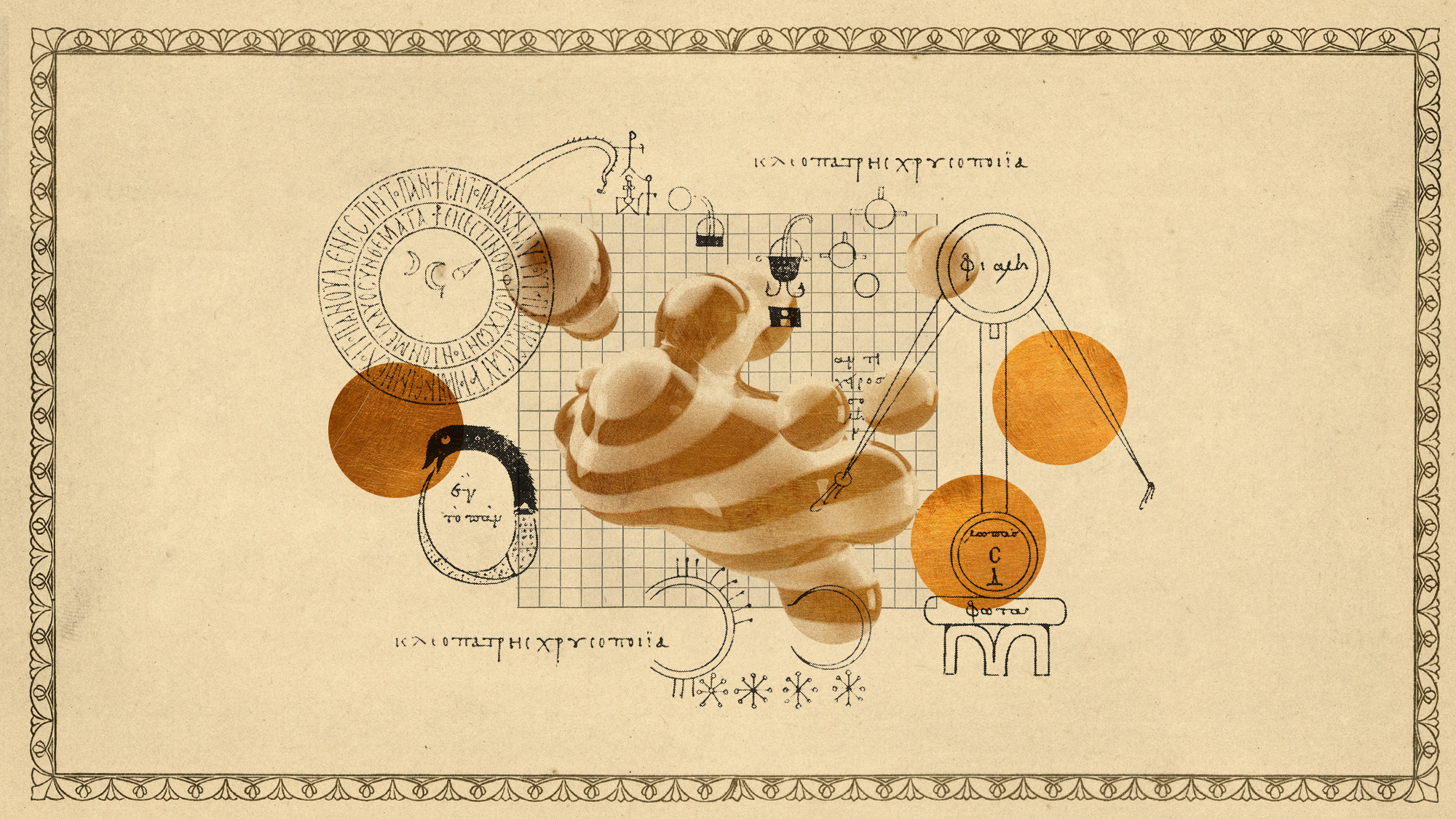 Atoms into gold: alchemy's modern resurgence
Atoms into gold: alchemy's modern resurgenceUnder the radar The practice of alchemy has been attempted for thousands of years
-
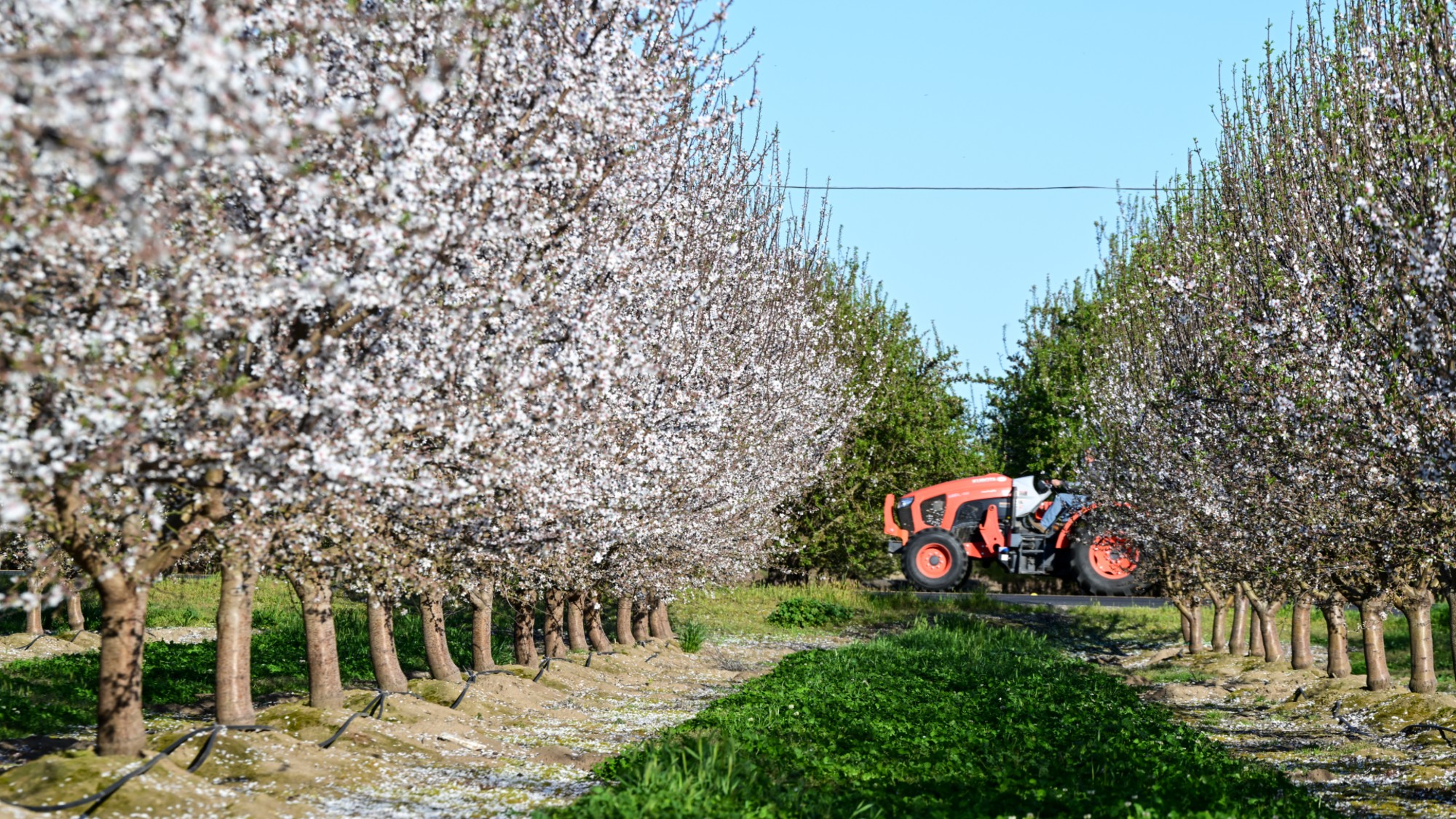 A rat infestation is spelling trouble for the almond industry
A rat infestation is spelling trouble for the almond industryThe Explainer The infestation has affected at least 100,000 acres in California
-
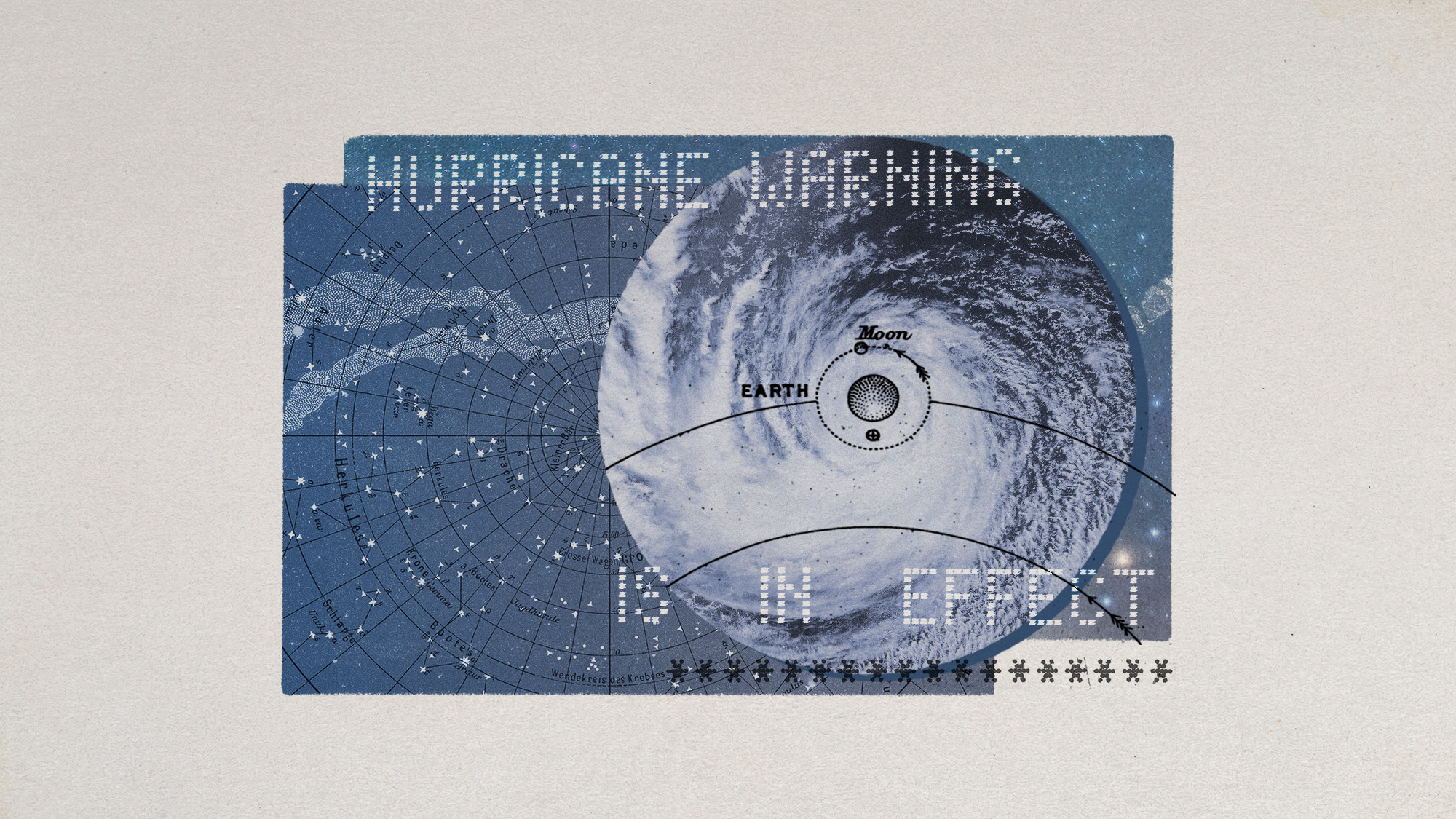 Hurricanes are not exclusive to Earth. They can happen in space.
Hurricanes are not exclusive to Earth. They can happen in space.Under the radar These storms may cause navigational problems
-
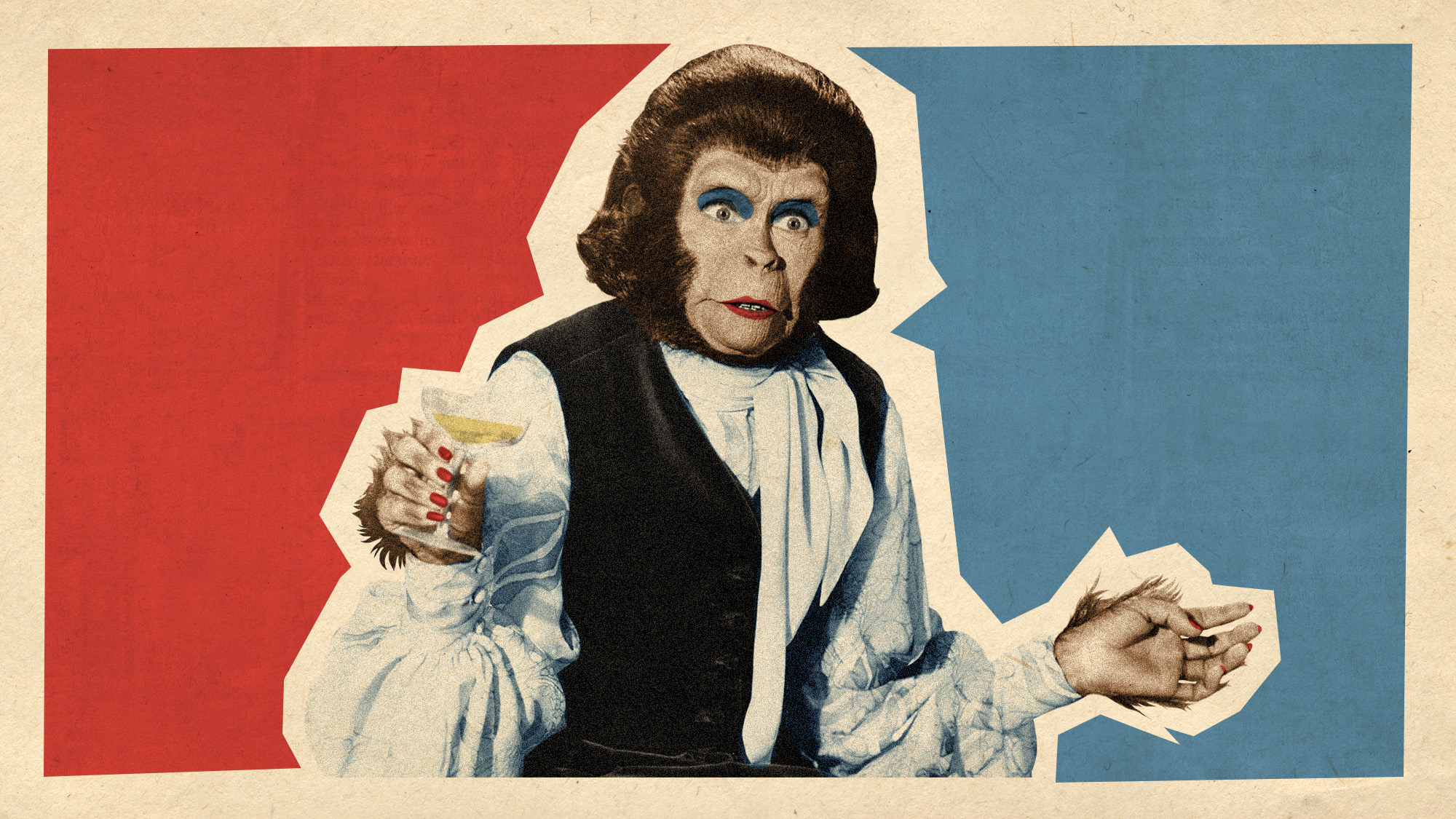 Bad news, alpha males. You likely don't actually exist.
Bad news, alpha males. You likely don't actually exist.Under the radar Most primate communities are egalitarian
-
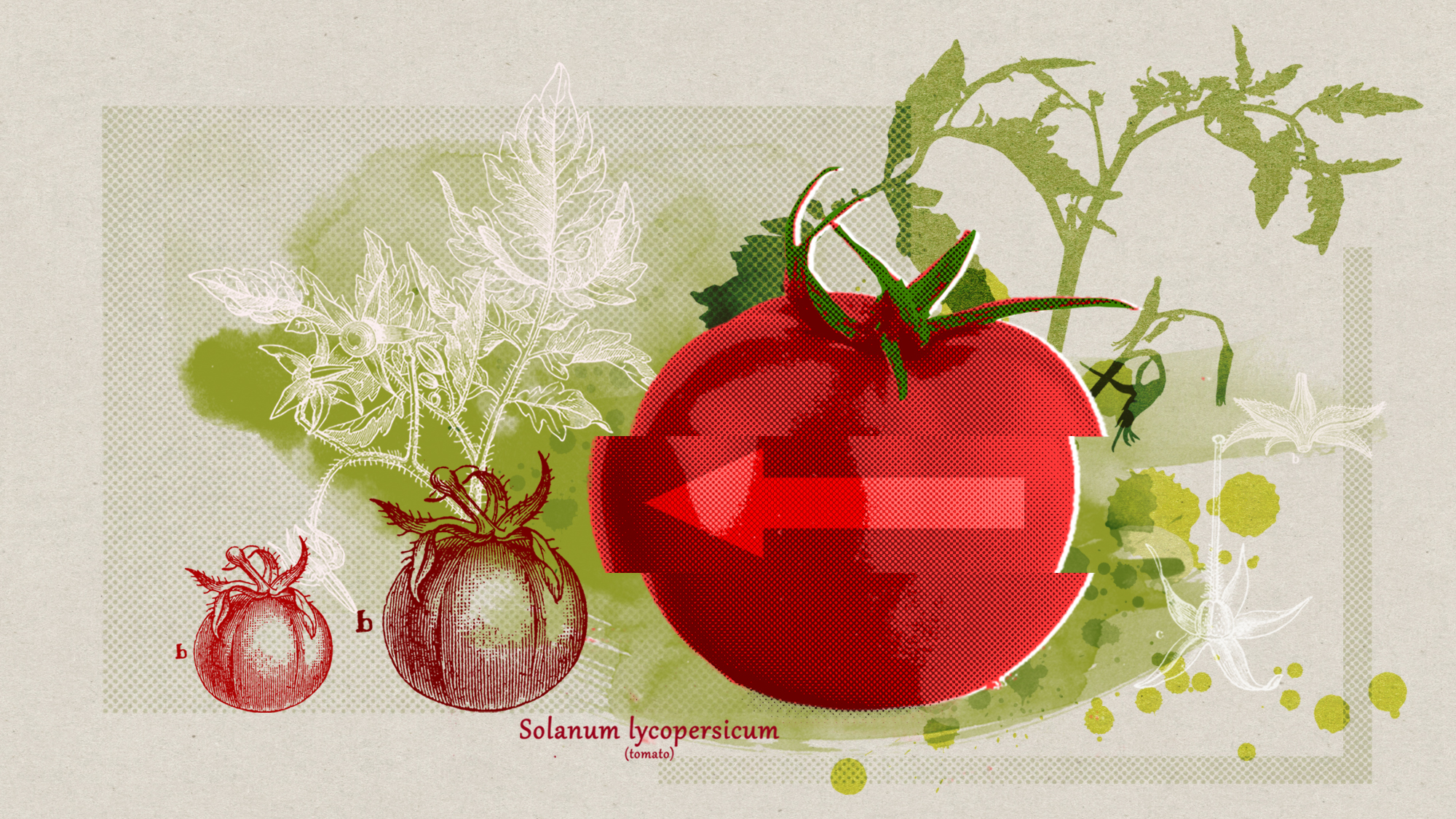 Retro tomatoes: a species of the plant is evolving backward
Retro tomatoes: a species of the plant is evolving backwardUnder the radar Environmental factors may play a role
-
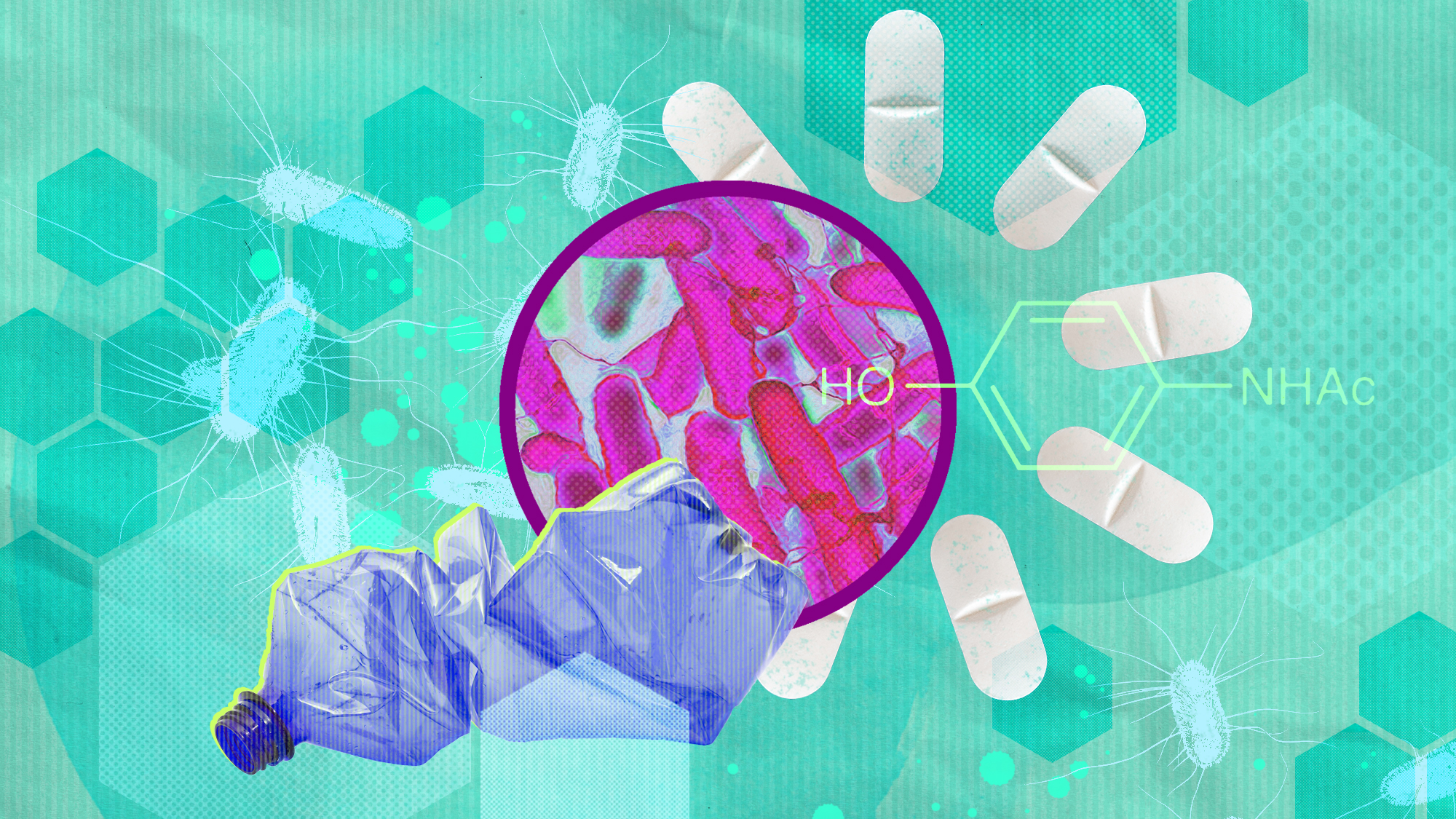 Bacteria can turn plastic waste into a painkiller
Bacteria can turn plastic waste into a painkillerUnder the radar The process could be a solution to plastic pollution